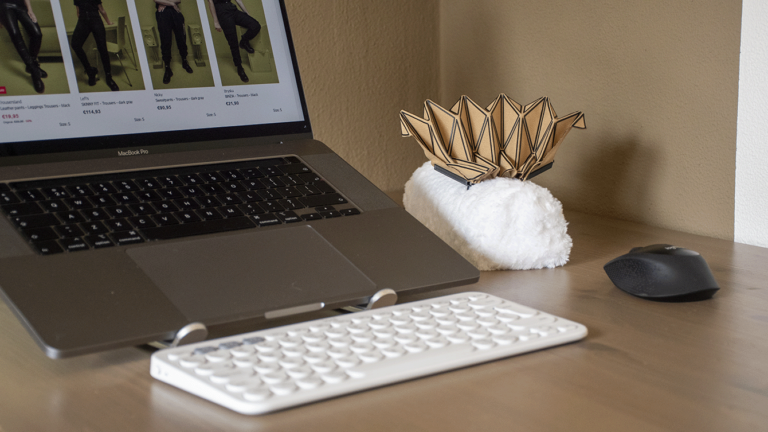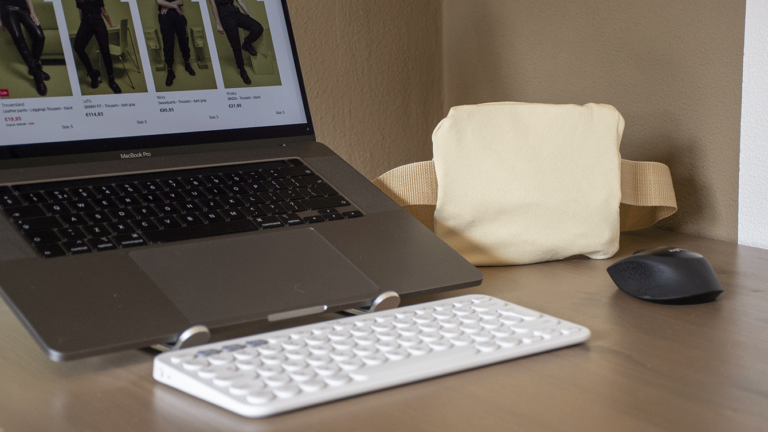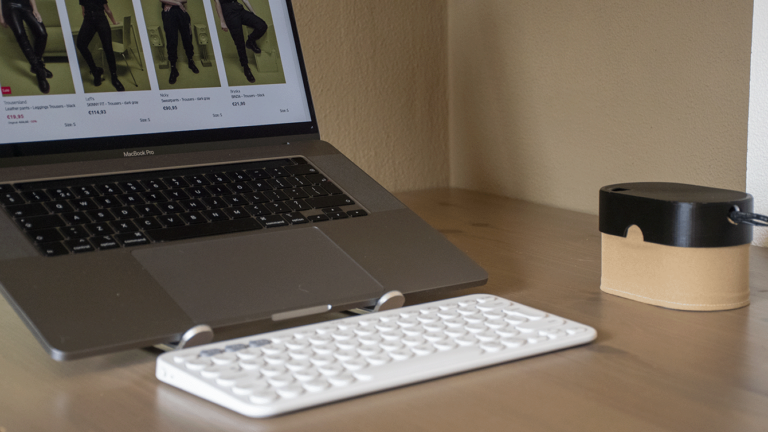
Rendering Emotions with a Wrist-worn Tactile Display
This paper investigates whether tactile texture patterns on the wrists can be interpreted as particular emotions. A prototype watch-back tactile display, MOTUS, was implemented to press different texture patterns in various frequencies onto a wrist to convey emotions. We conducted a preliminary guessability study with the prototype. The result reveals the wearers’ agreement in interpreting the emotional states from the tactile texture patterns.

First Person Speculation in the (Imaginary) Everyday
Recent development in space exploration has focused on the possibility of human life on Mars. How can we design for such an unexplored environment, and in turn what might such designs tell us about designing for the everyday on Earth? We make use of a process of speculative first-person design to create a material playground for producing a set of printed textile structures to support the experience of Martian daily wear, while paying attention to Earthly concerns such as material scarcity and locality of resources. This pictorial describes the outcomes of this process with a focus on the notions personal safety, empowerment, and comfort. The contribution is a design exemplar of first-person design in an extreme context that suggests the use of the playful speculation of space travel to ultimately explore human experience and values on everyday Earth.

Liquid Crystal Elastomers for Programmable and Reversible Shape-Changing Behaviors
This work aims to provide early-stage insights into an electro-thermally actuated liquid crystal elastomer (LCE) fiber for novel shape-changing behaviors that are both programmable and reversible. We build a control system and experimentally investigate the electro-thermal characteristics and actuation, identifying four categories of fiber behavior: Oscillating Tip, Oscillating Fiber, Tilting and Bending. These key parameters illustrate the broad application potential of the proposed approach within a functional, communication and expressive context. Our contributions are threefold a.) the control of an electro-thermal responsive LCE fiber, b.) directions for soft robotic device integration c.) early-stage insights into fiber shape-changing behaviors towards application.
ISWC ’21: 2021 International Symposium on Wearable Computers
IASDR ‘ 22
CHI EA ’22: Extended Abstracts of the 2022 CHI Conference on Human Factors in Computing Systems
Exploring the Tangibility of Intelligent Agents Through Shape-change in the context of shopping clothes online



User & Society
Technology & Realization
Business & Entrepreneurship
Creativity & Aesthetics
Math, Data & Computing
My ambition in general for the future is to be able to help people through research and with my expertise in shape-changing materials. I want to do this in different contexts by evaluating and researching concepts, thereby facilitating the transition of technology and innovation in our society. Ideally, I would like to continue to use research through design methods [1] to be able to continue combining user studies with prototyping. I prefer to make physical and tangible prototypes where I can use my material knowledge to work with my hands. One of the options is doing a PhD, as I already have experience within the research world, and because of this, I can continue to do research through design. In addition, I can also do training to teach to transfer my knowledge to others, as I get much energy from organizing and carrying out workshops and co-design sessions. With a PhD, I can stay in the research world and be able to contribute to society by researching new technologies and innovations, such as AI, for example, in order to be able to look at how to implement this safely and in an ethical way into our daily life.
I enjoy exploring and figuring out potential next steps, which could also be in a business context. In a business context, I find the societal impact important, and would I would prefer a company that suits my interests and is not too commercial. I would find it very nice and interesting to get acquainted with a company culture and to be able to teach something to others within the company. In addition, it would be nice to set up and carry out user studies, generate ideas, provide and assist with workshops, and participate in concept developments. A potential job could be, for example, in an R&D department of a company where I will evaluate and research future concepts and products.
By doing various job interviews I want to find out which world and position suits me best.
